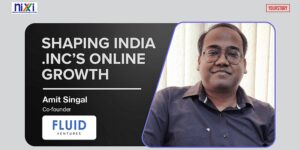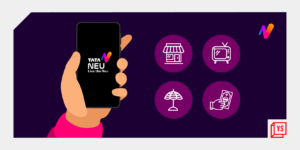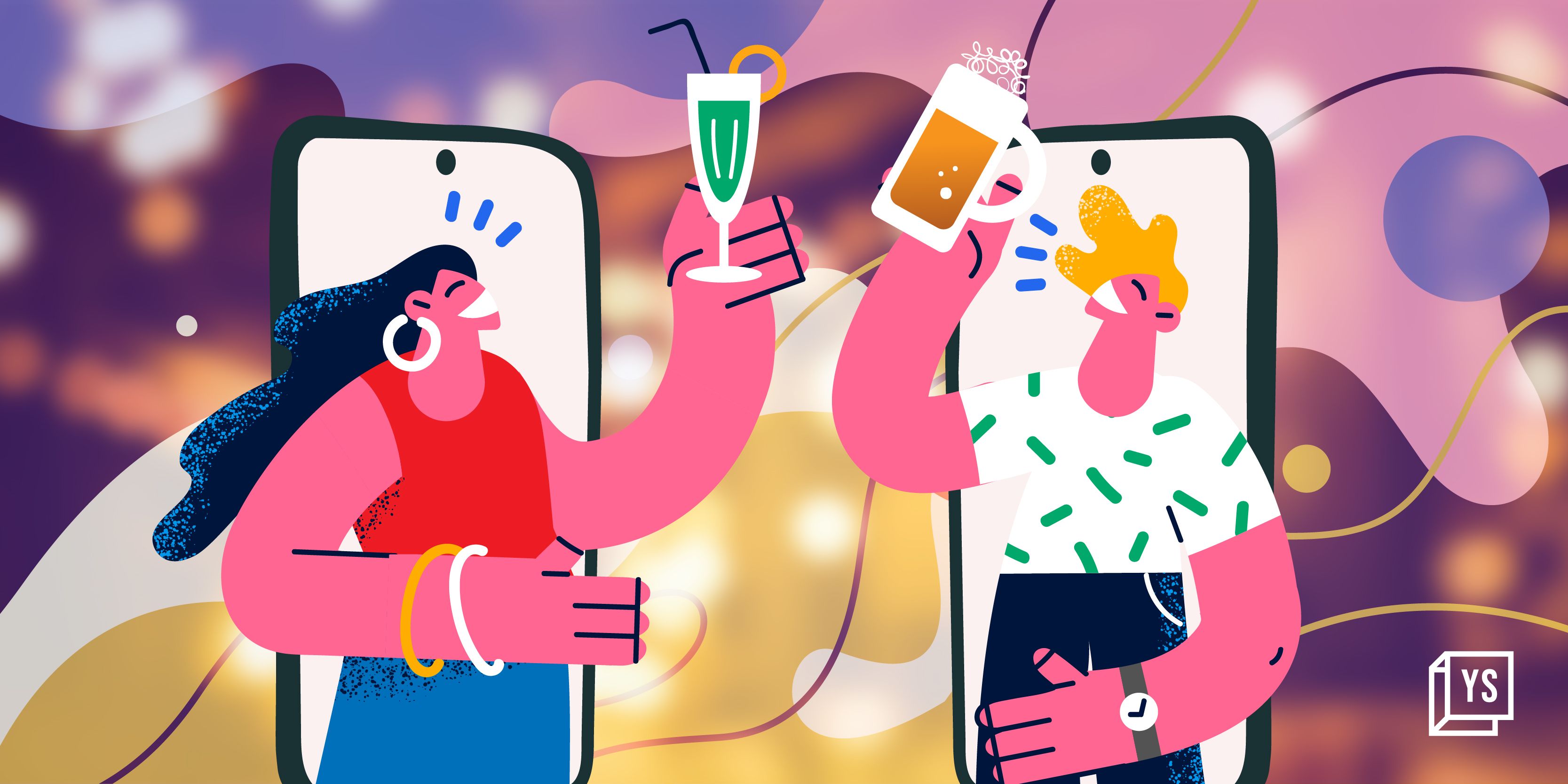
For Siddharth Krishnan, who hails from Bhilai—a small village in Chhattisgarh—drinking was a strict no-no till about five years ago. It is not only a taboo in his community, but alcohol is also highly regulated in his state, as several crimes are linked to its consumption.
Cut to 2019, when Krishnan landed a job in advertising in the city of Bengaluru where wine tasting is a hobby and pub hopping is a pastime for many. Eventually, he not only picked up the habit but also developed the curiosity to know more. One thing led to another and he ended up creating a social media platform for alcohol education and awareness.
The self-confessed “alcogeek” loves to chronicle the history of beer, the origins of different types of liquor, and safe ways to consume alcohol.
“I clarify your doubts about alcohol & help you explore drinks from around the world, so that you appreciate it and not abuse it. Cheers,” goes the description on his Instagram page ‘Alcogeek’.
The content on his social media page is eclectic and engaging, enlightening users about all things alcohol—from why people swirl wine and the secrets behind absinthe, considered a mysterious, elusive drink, to what makes the best chakna (snacks to pair with alcohol) and how to sake.
Krishnan scripts videos and edits them himself before pushing them out on social media. He has nearly 12,000 followers on Instagram.
“Even though I have editors in-house, I take the time to do these videos myself. This is really my passion project … Which is why it can sometimes take even weeks to make one video,” he says.
Nitin Tewari, a bartender in New Delhi, too is basking under the glow of influencer life. Incidentally, Tewari’s social media journey began during the COVID-19 pandemic.
“There was nothing much to do. And we as bartenders tend to keep ourselves busy with what we do,” he notes.
And that is what he did.
Tewari started out by doing Instagram Lives to showcase what was hot in the market to people in his bartending circle. Then, through sheer word of mouth, his audience grew to include those who were not part of the industry as well.
Today, Tewari’s Instagram page—The Bartrender—is followed by 4 lakh people, who are eager to learn unique cocktail recipes and simple bartender tricks that can be tried at home.
Tewari and Krishnan are among the several social media influencers who are dabbling in innovative content around alcohol and raising the bar with respect to awareness and understanding.
The alcobev market in India is currently valued at $52.4 billion and poised to touch $64 billion by 2030, says a report by the International Spirits & Wines Association of India.
One in seven Indians in the 10-75 age group use alcohol, according to a government survey in 2019. Rapid urbanisation, rising income, easy availability, and changing lifestyles and attitudes towards alcohol have largely contributed to the growing consumption of alcohol in the country.
With the influx of more and more young people who are eager to know about the best offerings in the market and cool ways to enjoy their drinks, the market is only set to grow.
“Most people who watch my videos are in the age group of 18 to 35. This is the population that’s online, this is a population that is the consumer now,” says Krishnan.
A win-win for marketers and influencers
Liquor brands are sitting up and taking notice of the growing tribe of alcohol influencers who command a loyal audience in a niche space.
In a country where alcohol marketing is tough and restrictive, marketers seem to have a found a new way to market their wares, riding on the popularity that social media influencers enjoy and the unique relationship they have with their followers.
While the government has outlawed the promotion of alcohol via traditional media such as television and radio and surrogate advertising (using brand extensions such as music CDs or mineral water) as well, social media has gone unscathed and has emerged as a prominent way for alcohol brands to promote their offerings.
YourStory reached out Advertising Standards Council of India for a comment on alcohol advertising via social media, but the body did revert to our queries.
“Social media offers tools and features to brands that allow them to showcase what they want to, with fewer regulations and restrictions as is with traditional media,” says Sonalika Pawar, Founder and CEO of Bold and Beyond (formerly Meraki Creative), a social media marketing agency based in Bengaluru that offers marketing services to food and beverage clients, including alcohol brands.
<figure class="image embed" contenteditable="false" data-id="537876" data-url="https://images.yourstory.com/cs/2/5ac1462017c711edb77c4752549ba505/WhatsAppImage2024-02-13at15-1707819640987.jpeg" data-alt="screenshotalco" data-caption="
Instagram page Unsobered hosted a giveaway contest for craft cocktail brand InACan.
” style=”float: left; margin-right: 20px; width:50%; height:auto” align=”center”> Instagram page Unsobered hosted a giveaway contest for craft cocktail brand InACan.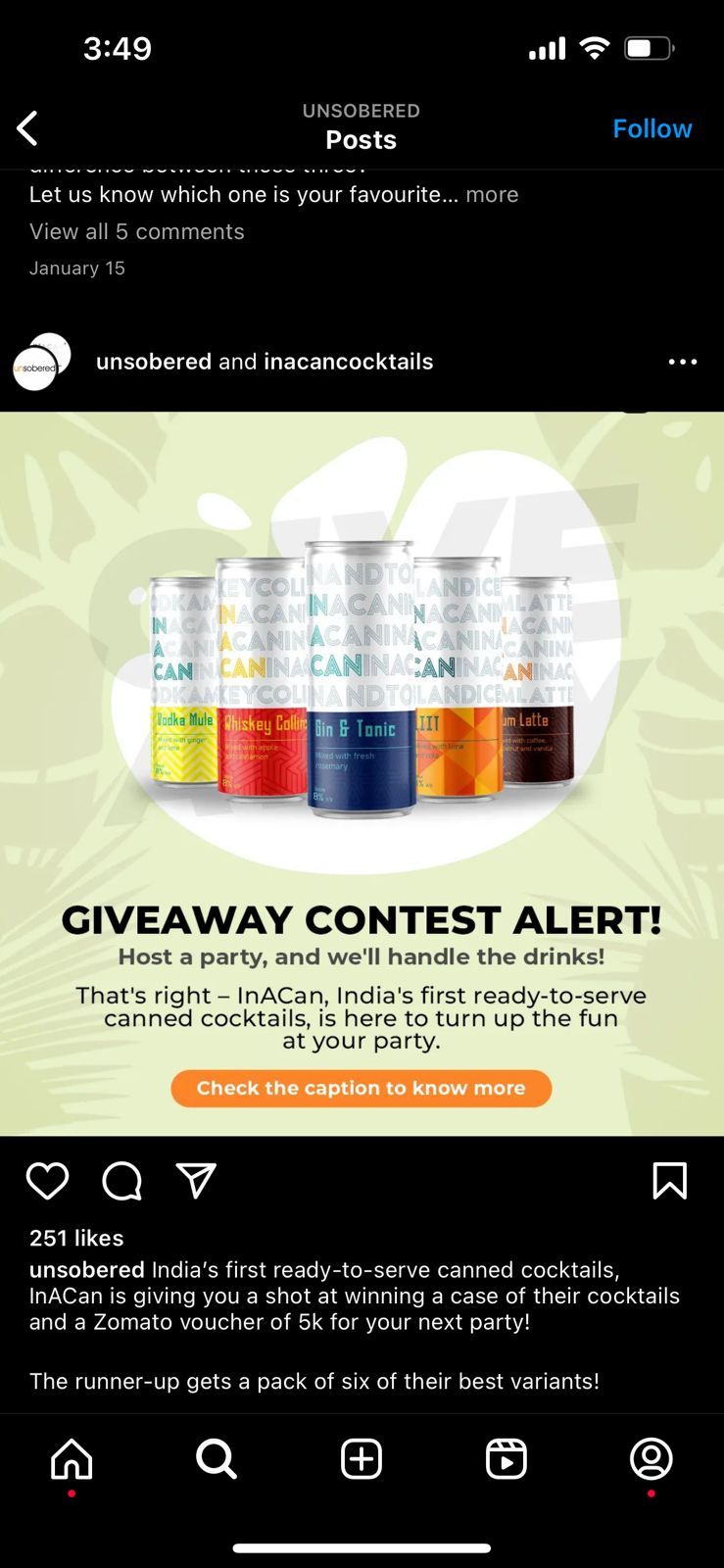
Instagram’s guidelines say branded content promoting or referencing alcohol must comply with all applicable local laws and industry codes. It must be age-gated to 18 years or over in all permitted countries. Certain categories, such as alcohol, can only be promoted with restrictions.
While some liquor companies carry an age-barrier disclaimer in the Instagram page bio, many do not, simply because there are no rules that govern the way the brands need to operate in the country.
“Several brands which never had even a social media marketing division, now have a digital marketing person, particularly someone who just works with creators or content creators who can make digital content,” says Tewari, who advises alcohol companies on branding and marketing.
“Usually they (content creators) try to capture the imagination of the brand as much as possible, since alcohol is seen as an occasional beverage, through their posts,” he adds.
Goa-based brand Pursue Hard Seltzer portrays the design, aesthetics and taste of its brand extensively on its social channels. It also uses influencers for big events, such as the Magnetic Fields music festival, for dedicated reels and pouring sessions that are live-streamed. The brand has partnered with social media influencers Shivan & Naresh as well as Sufi Motiwala to promote its content.
“Given that there is print as well as TV advertising ban on alcobev products in India, social media has become a very important tool that brands use to communicate and engage with their customers. Hard seltzer is a brand-new category in alcohol and we need to go the extra mile to not only create awareness about our product but also create awareness about the category in itself,” says Anish Reddy, Founder and CEO of Pursue Hard Seltzer.
How does Pursue capture the attention of its targeted audience on social media where attention span is limited?
“It all comes down to emotional connection—first talk about the brand’s values and what the brand stands for, what you believe in. Then build upon that,” elaborates Reddy.
Influencers too stand to gain from brand associations. While influencers and content creators cannot do paid promotions, they can showcase the brand’s products and how they can be used in their entirety.
“There are no particular handcuffs when it comes to Instagram—that you cannot do this kind of product. It’s only that you cannot do paid advertising. Organically, it gives you enough reach to get to the people you want to,” says Krishnan.
Apart from freebies and gifts (usually bottles of alcohol), brand associations also give influencers access to events hosted by the brands—such as exclusive previews, tastings, and sampling sessions. These events offer a great platform for influencers and content creators to create innovative content.
Regulating content
While there is no government intervention or regulation at the moment on alcohol-related content on Instagram, over time, as social media advertising evolves, there might be greater scrutiny in the future.
India can draw from best practices in other countries and formulate its own guidelines. For instance, in the United States, liquor companies are required include mandatory statements (including location and product designation) clearly and legibly on social media posts. There are both federal and state-specific rules when it comes to social media advertising for alcohol. The alcohol industry here also self-regulates its advertising.
In India, what constitutes promotional content and what is not remains a grey area.
Recently, a woman from Kerala was arrested by the state excise department over a reel she posted on Instagram, wherein she was drinking toddy—a form of country liquor—with her friends at a local bar. She was booked for unlawful advertisement and soliciting the use of liquor; the woman was later released on bail.
Many social media users were quick to point out that the move was extreme and called out the double standards and misogyny.
<figure class="image embed" contenteditable="false" data-id="537875" data-url="https://images.yourstory.com/cs/2/5ac1462017c711edb77c4752549ba505/AlcoholIfluencersInfogV3-1707819477960.jpg" data-alt="alcoinfluencerinfog" data-caption="
Infographic by Nihar Apte.
” align=”center”> Infographic by Nihar Apte.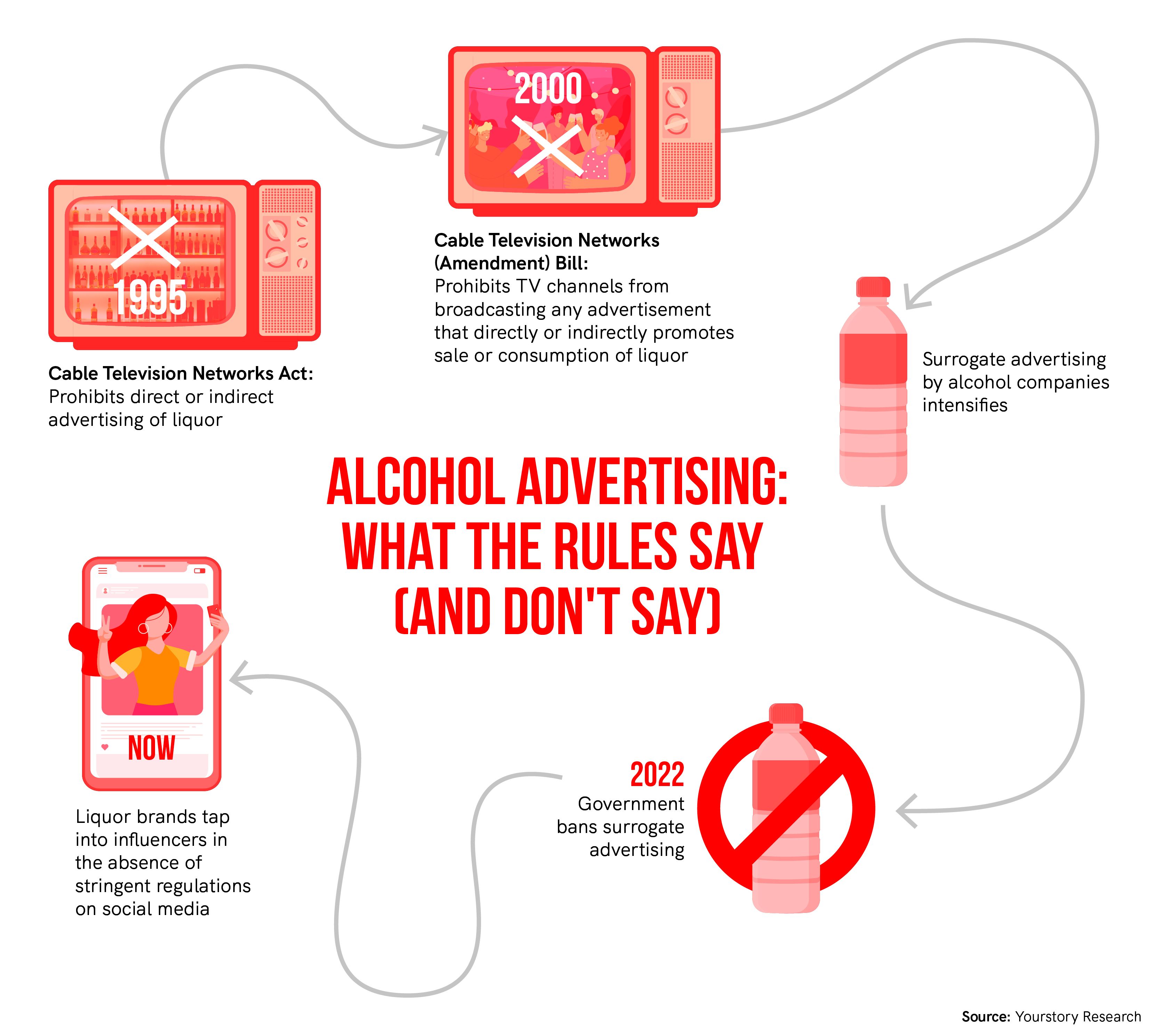
“As a person, it’s very difficult to say that what is right or what is wrong. But I always feel that you (influencers) can stick to some rules for yourself,” says Tewari.
For instance, Krishan carries a disclaimer on the need to drink in moderation and the legal drinking age, in some of his posts.
Tewari believes, going forward, there is significant scope for active alcohol influencers as long as they get their basics right—this includes self-regulation, right knowledge of liquor as a product category, and disseminating information about the safe consumption of alcohol.
Cover image by Nihar Apte
Edited by Swetha Kannan


